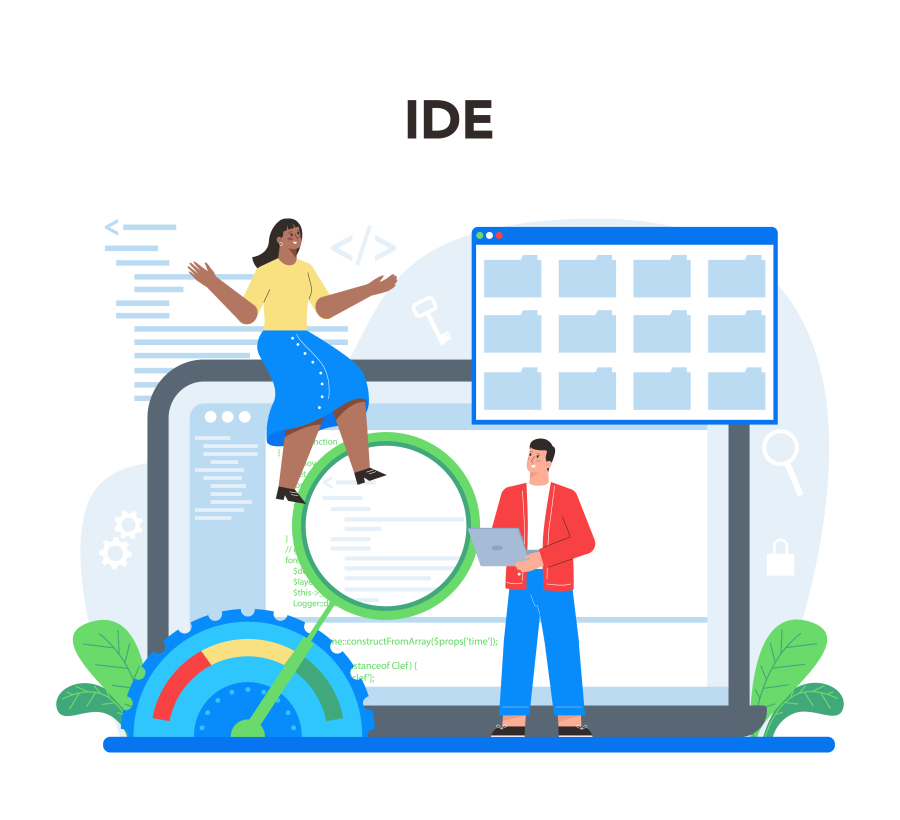How to Build a Multi-Vendor E-Commerce Website in Laravel
Building a multi-vendor e-commerce platform allows multiple sellers to list their products on a single website. It’s a growing trend in online business as it provides opportunities for both store owners and customers. Laravel, a popular PHP framework, offers powerful tools and features for developing a robust and scalable multi-vendor e-commerce website. In this article, we’ll walk you through the key steps and best practices for building a multi-vendor e-commerce website using Laravel.
Long Description:
The multi-vendor e-commerce model has gained immense popularity in recent years, with platforms like Amazon, eBay, and Etsy leading the way. These platforms enable multiple sellers to offer their products under one roof, which benefits both the sellers and the marketplace owner. If you’re looking to build your own multi-vendor e-commerce website, Laravel is an excellent choice. With its elegant syntax, extensive documentation, and built-in tools, Laravel allows developers to create scalable and feature-rich applications.
In this guide, we’ll explore the key strategies to build a multi-vendor e-commerce website using Laravel, and discuss the key features you need to include, such as vendor management, payment integration, product catalog, and more. Here’s how you can get started:
1. Choose the Right Laravel Version
Up-to-Date Framework: Always work with the latest stable version of Laravel to take advantage of the latest features, security patches, and improvements. Laravel’s regular updates ensure better performance, security, and ease of use for developers.
Consider Laravel Packages: Laravel has a robust ecosystem with a wide variety of pre-built packages. These packages can significantly speed up your development process and help implement complex features like multi-vendor support, payment gateways, and more.
2. Set Up Vendor Management
Admin Dashboard: One of the most critical parts of a multi-vendor platform is vendor management. As an admin, you’ll need a clear and intuitive dashboard to manage vendor accounts, monitor their performance, and handle disputes. Laravel's built-in authentication system can be used to create user roles such as admin, vendor, and customer.
Vendor Profile Pages: Each vendor needs a personalized profile page where they can manage their products, view their sales reports, and track orders. This functionality should be integrated into the platform’s back-end, allowing vendors to easily upload, update, and delete products.
3. Build a Scalable Product Catalog
Product Listings: Allow each vendor to list their products with detailed descriptions, images, prices, and stock availability. To streamline product management, use a database structure that can efficiently store and retrieve product details based on vendor-specific categories.
Search and Filtering: A powerful search and filtering mechanism will help customers find the products they’re looking for more efficiently. Laravel’s query builder can be used to create advanced filtering options based on product categories, price range, and vendor name.
4. Payment Gateway Integration
Secure Transactions: A secure and reliable payment gateway is essential for any e-commerce platform. Laravel supports integration with popular payment gateways like PayPal, Stripe, and Razorpay, ensuring that transactions are processed smoothly and securely.
Split Payments: For a multi-vendor platform, you’ll need to implement a split payment system that divides payments between the marketplace owner and the individual vendor. Packages like Laravel Cashier and custom payment logic can help manage commission splits.
5. User Authentication and Security
User Roles and Permissions: Laravel’s built-in authentication system can be leveraged to create multiple user roles (admin, vendors, customers) with specific permissions. This ensures that vendors can only access their own dashboard and manage their products, while admins have full control over the entire platform.
Two-Factor Authentication: To enhance security, consider implementing two-factor authentication (2FA) for vendors and customers. This adds an extra layer of protection to user accounts and helps prevent unauthorized access.
6. Order and Shipment Management
Order Tracking: Implement a robust order management system that allows customers to track their orders in real time. Laravel's built-in queuing system can be used to manage order statuses and notifications.
Shipping Integrations: Integrating shipping providers like USPS, FedEx, or UPS can streamline the delivery process. Laravel can connect with APIs from these shipping services to provide real-time shipping quotes and order tracking details.
7. Admin Panel for Monitoring and Reporting
Analytics Dashboard: For effective platform management, an admin panel should be developed to monitor key performance indicators (KPIs) such as sales, traffic, and vendor performance. Laravel's integration with charting libraries like Chart.js can help display important metrics in a visual format.
Vendor Performance Metrics: Track individual vendor performance to identify high-performing vendors and those who may need assistance. This data can be used to offer better support and improve overall platform success.
8. SEO Optimization and Marketing
SEO Best Practices: Optimizing your website for search engines is crucial to drive organic traffic. Use Laravel’s built-in support for clean URLs and metadata to optimize each product page for SEO. Consider integrating an SEO plugin or package to help with meta descriptions, title tags, and schema markup.
Email Marketing Integration: Implement email marketing features to keep customers and vendors informed. Laravel’s Mail functionality can be used to send promotional emails, order confirmations, and vendor notifications.
9. Continuous Maintenance and Updates
Bug Fixes and Updates: As your platform grows, ongoing maintenance is essential. Laravel’s robust testing tools and migration system make it easy to manage changes and ensure that the application runs smoothly. Regular updates to the platform, including security patches, new features, and performance improvements, are crucial for maintaining a stable system.
Scalability: Make sure that your platform is scalable as the number of vendors and customers grows. Laravel’s support for caching and queue systems can help manage high volumes of traffic and transactions efficiently.
Conclusion:
Building a multi-vendor e-commerce website with Laravel requires careful planning and execution, but with the right strategies in place, it can become a highly successful platform. From vendor management to payment integration, Laravel offers the tools you need to build a feature-rich and scalable multi-vendor website. By following these best practices and leveraging the full power of Laravel, you can create a seamless and secure platform for vendors and customers alike, ensuring a smooth and profitable online business.


 by Emily
by Emily




